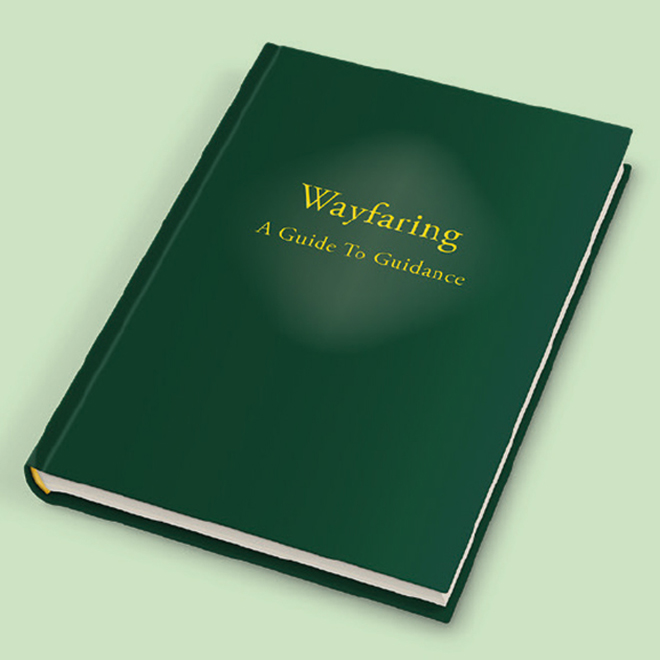Dear George…
Carol Robinson reviews an anthology of recollections
The testimony written after his death in 1982 starts: ‘George Gorman was one of the few members of London Yearly Meeting who was known in every Monthly Meeting and possibly in every Preparative Meeting; he was also known to a great many Friends in Yearly Meetings of continental Europe and of North America.’
Times change and today George Gorman is mostly known for the book of his 1973 Swarthmore lecture, The Amazing Fact of Quaker Worship. It certainly came as a surprise to me that he had been the general secretary of Friends Home Service Committee and had run an important series of Enquirers’ Conferences at Charney Manor. I knew of him through the Memorial Fund in his name, which sponsors a lecture by a younger Friend and gives opportunities for young Friends to spend a term at Pendle Hill or attend international Quaker events.
